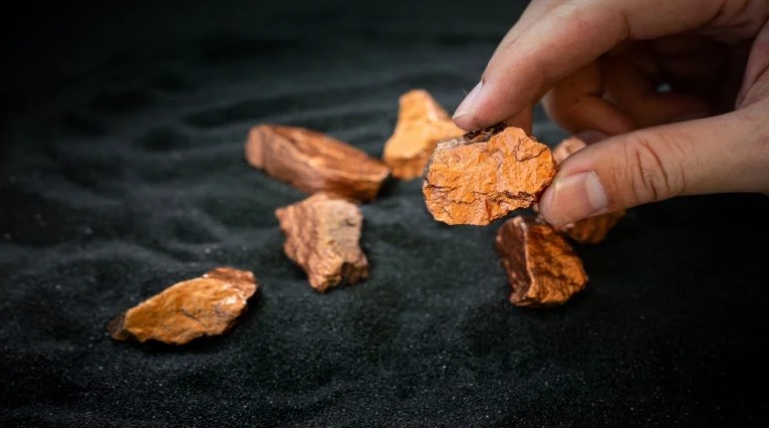
Antofagasta aims for a production target of 660,000–700,000t this year.
At the CESCO copper conference in Santiago, Arriagada emphasized copper’s limited supply and its critical role in construction and the shift to sustainable energy. He expressed optimism about the investment environment under U.S. policies, stating: “In the current environment, where there is a lot more support for mining investment, it should be easier and should happen.” However, he admitted that concrete advancements remain unclear.
Antofagasta operates four mines in Chile and is developing a project in the U.S., targeting a production range of 660,000 to 700,000 tonnes of copper in 2024. The company’s Twin Metals project in Minnesota is encountering permit-related legal hurdles, though Arriagada remains confident about its future. On April 5, 2025, the U.S. exempted steel, aluminum, and copper from retaliatory tariffs, a move that benefits Chile’s exports. Still, the U.S. administration is weighing further tariff options, with no specific decisions on copper announced yet.
Ahead of President Trump’s tariff declaration, U.S. customers began stockpiling resources. Arriagada confirmed that Antofagasta shipped a small additional volume of copper to the U.S. in response, though he withheld exact figures. In March 2025, copper prices in New York jumped over 5%, surpassing global rates, following Trump’s mention of a possible 25% tariff on metal imports.
Arriagada underscored the copper market’s ability to endure trade disruptions, citing its importance to emerging technologies and infrastructure. While uncertainties linger around U.S. trade measures, he views Chile’s position as a key supplier and the rising demand for copper as factors that could sustain the industry. Antofagasta continues to navigate these shifts, balancing its production goals with the evolving global market.